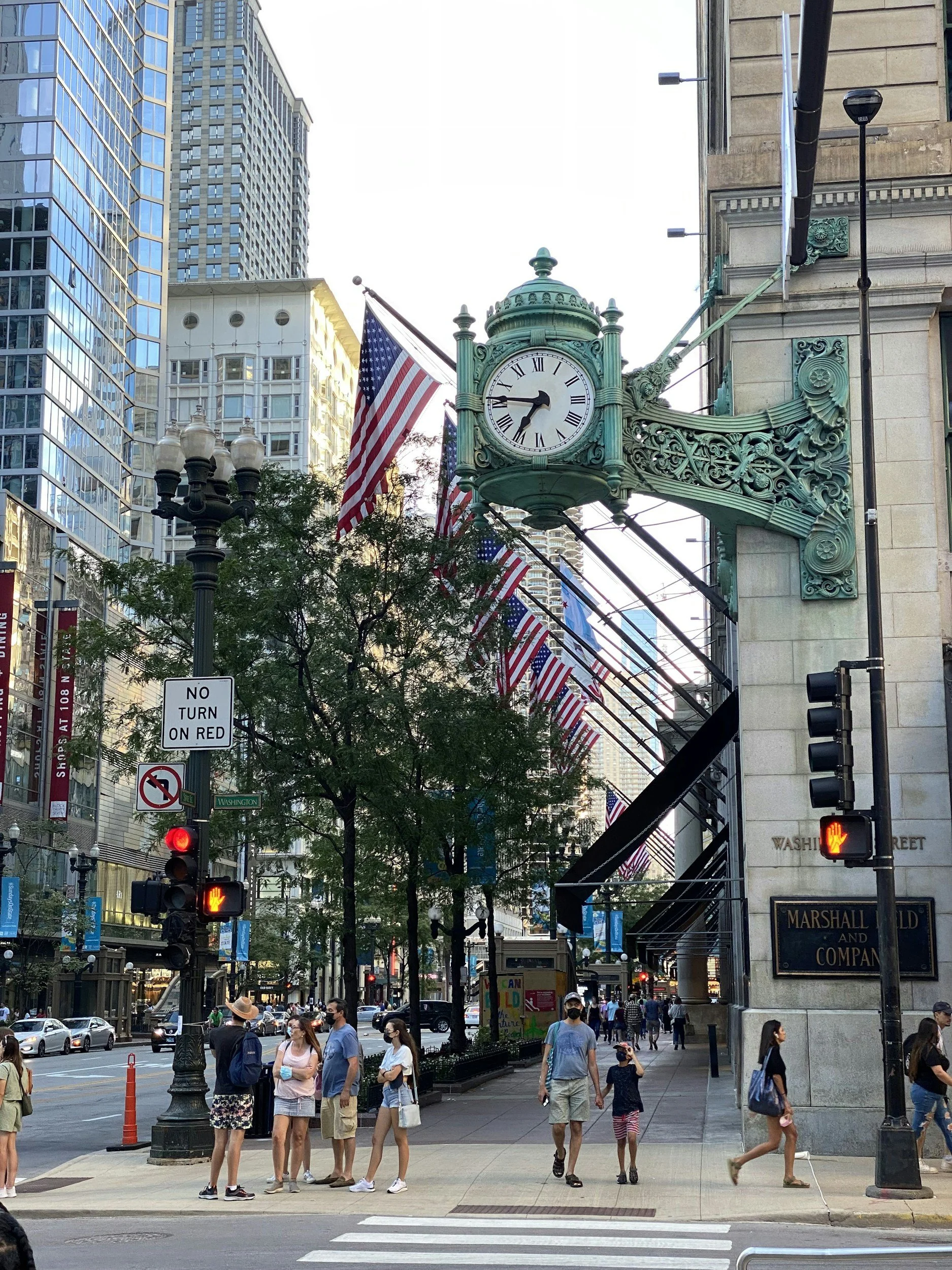Important Pedestrian Safety Tips for Children
1. Introduction
Pedestrian safety is one of the most important skills children need to learn as they begin navigating the world on foot. Teaching kids how to be safe when crossing streets, walking near traffic, and choosing the right paths can significantly reduce the risk of San Francisco pedestrian accidents. Pedestrian accidents involving children are unfortunately common, with young ones being especially vulnerable due to their smaller size, unpredictability, and limited understanding of road rules. In this guide, we will explore key pedestrian safety tips for children and provide actionable advice for parents and caregivers to help keep their kids safe.
2. Understanding the Risks
Pedestrian accidents involving children often result from distractions, lack of supervision, and failure to follow basic road rules. Young children, especially those under the age of 10, have not yet fully developed the cognitive and motor skills required to judge the speed and distance of oncoming cars. For this reason, adult supervision is crucial until children can safely navigate streets independently. By understanding the common causes of pedestrian accidents, parents and caregivers can take steps to reduce the risks for their children.
3. Basic Pedestrian Safety Rules for Children
Children need to be taught fundamental pedestrian safety rules as early as possible. Here are some basic rules every child should follow:
Look both ways before crossing: Always look left, right, and then left again before stepping into the street. This helps spot any cars coming from either direction.
Use crosswalks and pedestrian signals: Teach children to always cross at designated crosswalks and follow traffic signals like the "Walk" and "Don't Walk" signs.
Walk, don’t run across the street: Running increases the risk of tripping or misjudging traffic. Walking is safer and gives them more control.
Avoid distractions: Make sure children aren’t using phones, headphones, or any other distractions while walking near roads. Their full attention should be on the surrounding environment.
4. Choosing Safe Routes
Selecting safe routes for your child to walk to school, the park, or a friend’s house is essential. Safe routes are those that:
Avoid busy streets with heavy traffic or dangerous intersections.
Use sidewalks whenever available. If no sidewalks are present, children should walk on the far side of the road, facing oncoming traffic.
Have clear visibility and are well-lit at night.
Parents should practice walking these routes with their children to familiarize them with any tricky spots or hazards along the way.
5. Safety Gear and Clothing
Proper clothing and gear can help improve pedestrian safety, especially in low-visibility conditions:
Bright or reflective clothing should be worn, particularly in the evening or on cloudy days. Reflective gear, such as wristbands, shoes, or backpacks, helps drivers see children from a distance.
Comfortable, secure shoes are essential for walking. Flip-flops or shoes that easily slip off can cause tripping or discomfort.
6. Crossing the Street Safely
One of the most important lessons for children is learning how to cross streets safely:
Stop at the curb or edge of the street: Children should always pause at the curb before stepping onto the street.
Wait for green signals or walk signs: Ensure they understand that crossing during a red light or "Don't Walk" signal is dangerous.
Use the “left-right-left” rule: Look left, then right, then left again before crossing. This method ensures that they catch any cars that may be approaching from both directions.
Make eye contact with drivers: This ensures that drivers see them before they cross the street, especially at intersections or crosswalks.
7. Walking in Groups and with an Adult
When possible, children should walk in groups or with an adult. Walking with others reduces the chances of an accident as there are more eyes on potential hazards:
Safety in numbers: Groups are easier to spot for drivers and provide children with additional protection.
Adult supervision: Young children, especially those under 10, should always be accompanied by an adult when crossing streets or walking near traffic.
Organized walking groups: Neighborhoods and schools can arrange “walking buses” or groups of children that walk together with a parent volunteer, improving safety through group movement.
8. School Zone Safety
School zones require extra caution, both from drivers and pedestrians. Here are some safety tips specific to school zones:
Observe speed limits: Many school zones have lower speed limits to protect children. Teach your child the importance of walking cautiously in these areas.
Crossing guards: Remind children to listen to crossing guards and follow their instructions when crossing streets.
School buses: Teach children to always stay at least 10 feet away from the bus, and never cross the street directly in front of or behind it, where the bus driver may have blind spots.
9. Dealing with Dangerous Situations
Children must be prepared for unexpected situations while walking near roads:
Unsafe drivers: If a child notices a car speeding or not paying attention to pedestrians, they should wait until the road is clear before crossing.
Jaywalking: Teach children that crossing in the middle of the street, rather than at a crosswalk, is dangerous and should always be avoided.
Unfamiliar areas: If a child is walking in an unfamiliar area, they should stick to the safest, most direct route and avoid shortcuts that may not be pedestrian-friendly.
10. Role of Parents and Caregivers in Pedestrian Safety
Parents and caregivers play a crucial role in teaching and modeling good pedestrian behavior:
Model safe behavior: Children learn by observing adults. Always follow pedestrian safety rules when walking with your child.
Practice safety drills: Take your child on practice walks in different environments, explaining the various hazards and how to navigate them.
Regular discussions: Engage in regular conversations about pedestrian safety, reinforcing the importance of staying alert and following the rules.
11. Government and Community Initiatives
Many communities offer programs and resources aimed at improving pedestrian safety for children:
Pedestrian safety programs: These programs, often run by schools or local governments, provide children with training on how to navigate streets safely.
School participation: Schools can participate in National Walk to School Day or Safe Routes to School programs to encourage pedestrian safety education.
Community resources: Parents can access pedestrian safety guides, join community safety groups, and report unsafe walking conditions to local authorities.
12. Conclusion
Pedestrian safety is a critical life skill that all children should learn from a young age. By teaching them to be aware of their surroundings, follow traffic rules, and make safe choices, parents and caregivers can help protect their children from accidents. Proactive discussions and practice walks are key to instilling these habits early and reinforcing them as children grow.







